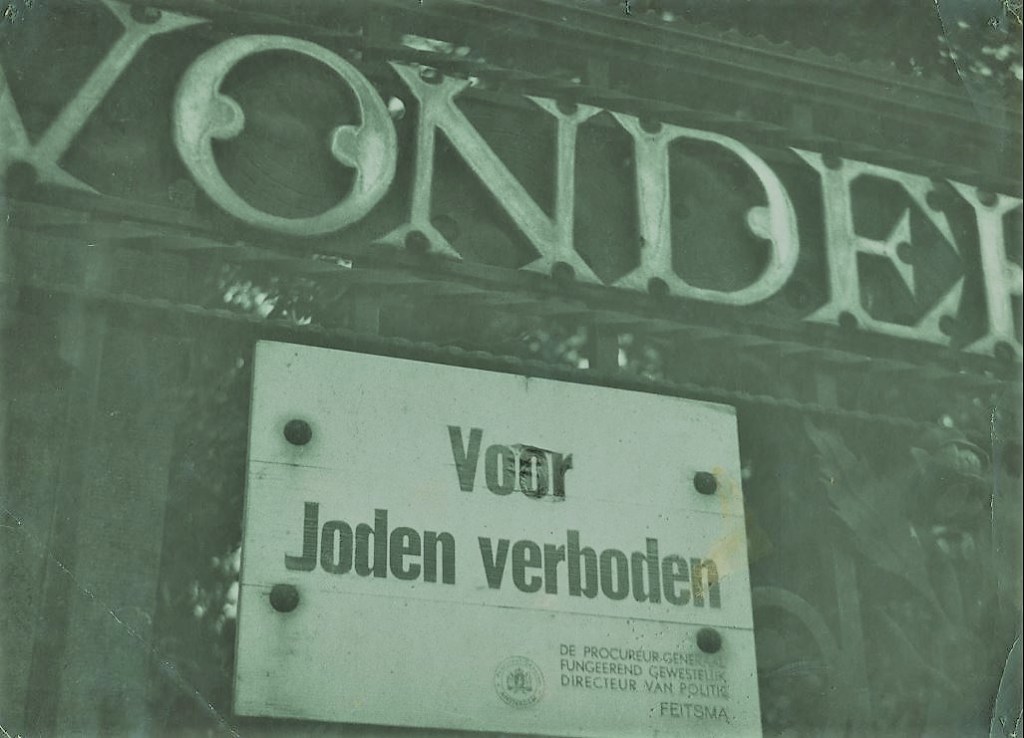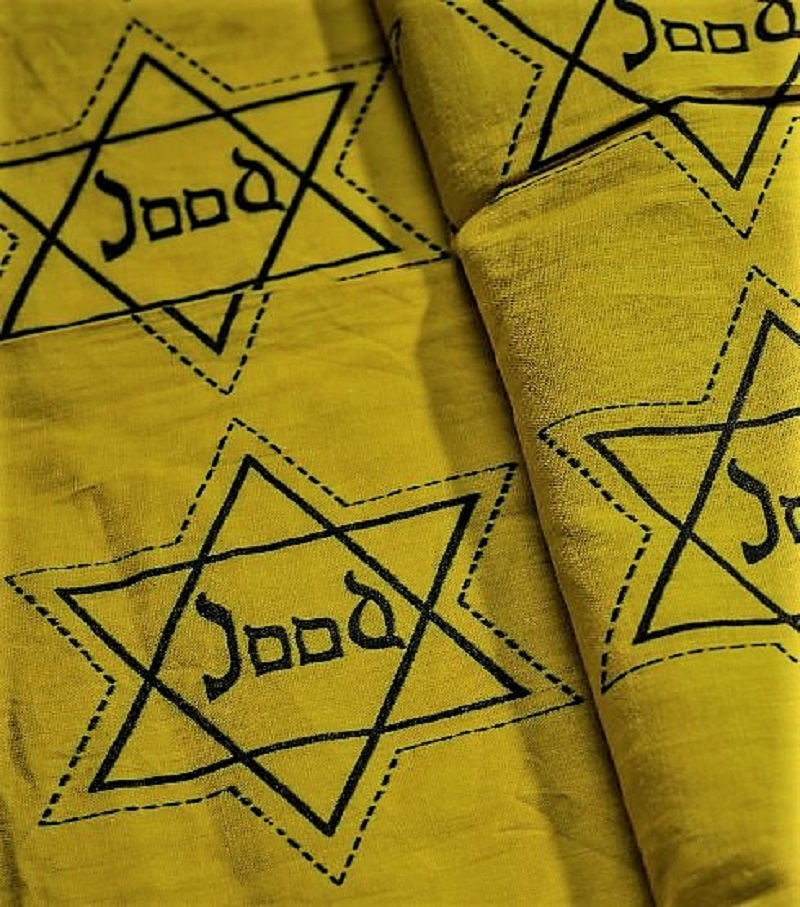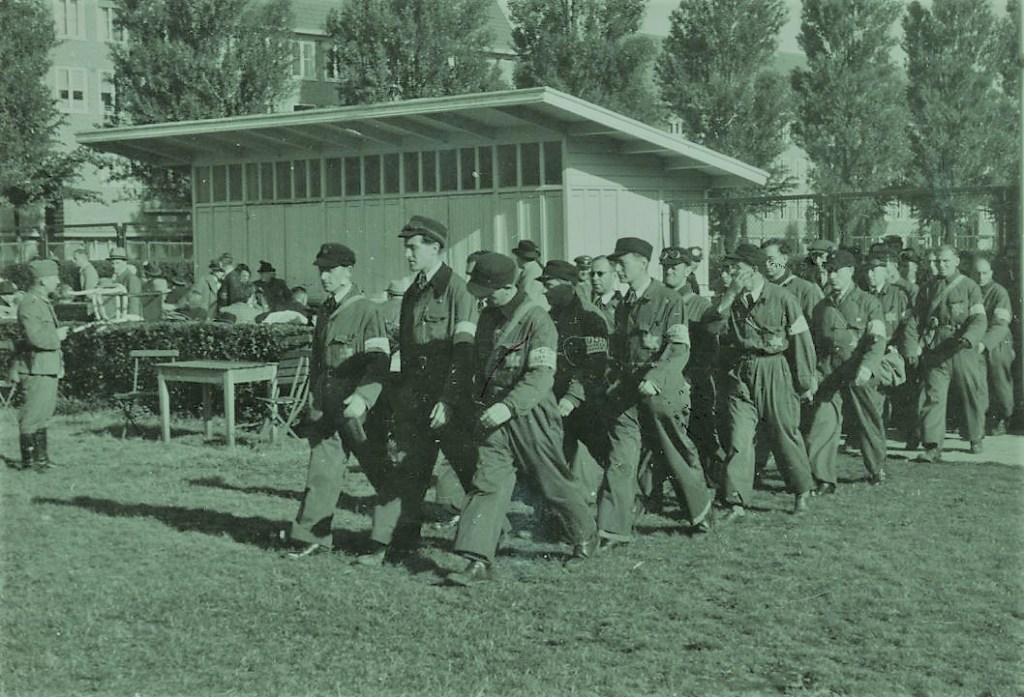
Like in Germany itself, the Holocaust in the Netherlands didn’t happen overnight it was a gradual process.
Less than two months after the Nazi invasion of the Nethera]lands, Jewish employees of the Dutch Air Raid Defence Service were dismissed. It was the first in a long line of anti-Jewish measures. Jews were gradually isolated from the rest of the population in the Netherlands.
The Nazis went about this very systematically. Jews had to register and their identity cards were stamped with a J for Jood (Jew). Jewish business owners were required to report to an assigned Verwalter, an Aryan supervisor who would take over the operation of their businesses. Measures to restrict freedom of movement followed in 1941: Jews were banned from public places such as parks, swimming pools, sports facilities and museums. Jewish children were forced to attend Jewish schools and even needed permission to travel. More and more signboards appeared on the street with the text Voor Joden Verboden (Forbidden for Jews).

In May 1942, Jews were required to wear a yellow star. These stars were printed on inexpensive yellow cotton in De Nijverheid, a textile factory in the Dutch city of Enschede that had previously belonged to a Jewish family. The company had been confiscated from them shortly before and placed under German supervision. The approximately 100,000 yellow stars needed in the Netherlands were probably printed on this one 10,000-metre roll of material. Production most likely took no more than a day. This made the sale of these stars for four cents each a rather lucrative business. In addition, to pay for the purchase price Jews had to turn in a textile ration coupon. Yes you are reading that correctly, they had to pay for it.
The deportations from the Netherlands began two months later under the guise of “employment.” Instead Jews were sent to extermination camps where they were killed.
In October 1939, the first German and Austrian-Jewish refugees fleeing Nazi Germany and Austria arrived in Westerbork. They were involved in the internal organization of the refugee camp starting in 1940, as well as later on when it officially became Polizeiliches Judendurchgangslager Westerbork {A Transit Camp for Jews at Westerbork).

The general supervision of the camp was in the hands of the SS and early on they were also responsible for the security in the vicinity of the camp. Daily life inside the camp was overseen by different Jewish work groups, including the Ordedienst (Lit. Order Service). The members of this group, who wore these green coveralls, were responsible for fire safety and internal security. They supervised the labour gangs, both inside and outside the camp. They also guarded the people scheduled for transport to the concentration and extermination camps. At times the Jewish Order Service was also deployed for razzias (roundups) in Amsterdam, to retrieve the sick from their homes and for instance to empty the Jewish psychiatric hospital the Apeldoornsche Bosch in 1943. Needless to say, members of the Orderdienst were not particularly popular among Westerbork’s prisoners and were often referred to as the “Jewish-SS.” Eventually, most of the members of the Jewish Order Service were transported as well, to the extermination camps.

sources

Leave a reply to dirkdeklein Cancel reply